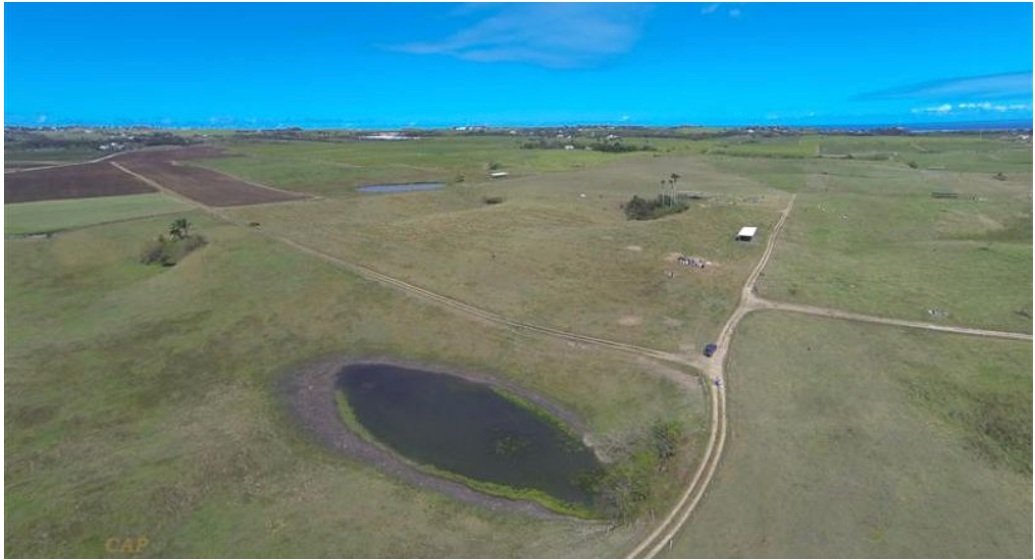Remembering Yarico
By Kerry Sinanan, University of Texas at San Antonio
What does it take to center the life of Yarico, a Taino woman who lived in the first half of the seventeenth century, and whose life story has come to us as a fragment, an embedded narrative, in master archives, retold in white eighteenth-century and Romantic literature?
We first learn of Yarico in Richard Ligon’s A True and Exact History of the Island of Barbados (1659), and the violent exchange of chattel slavery is captured in her tale. Ligon tells us Yarico’s story, of an English Ship “in distress” landing on her shore, and how she “fell in love” with one of the young men and protected him. She returns with him to his ship once it is safe and is then also brought to Barbados: “But the youth, when he came ashore in the Barbadoes, forgot the kindness of the poor maid, that had ventured her life for his safety, and sold her for a slave, who was as free born as he. And so poor Yarico for her love, lost her liberty”.[1] Ligon’s use of Yarico adds a pitiful tale to his History while failing to allow the devastation her story conveys to unsettle his disturbing account of English chattel slavery in Barbados.
Yet, the seeds of a powerful critique of slavocracy are clearly there: the young English man anticipates Partus Sequitur Ventrem, the Virgina slave act of 1662 that ensured chattel status passed from the mother and, as Ligon notes, the sailor is able to sell the liberty of Yarico herself within the Barbados system. Yarico’s story is picked up again by Richard Steele in The Spectator, 1711, where the sentimentality of the story is intensified and, again, Yarico’s life is put in the service of white culture. Here her story is told via the character of Arietta, who recounts it to silence a misogynist fop and move her intended audience to manly tears. Yarico can only enter Arietta’s salon as a silent character whose life and suffering are recalled to protect white women who are benefitting, in material and sentimental terms, from her enslavement. From this point on, as Frank Felsenstein details, Yarico’s story is retold all over Europe in several genres, including George Coleman’s 1787 opera, Inkle and Yarico (1787).
How, then, can Yarico, an Indigenous woman, and the South American and Caribbean places she inhabited, be our focus, rather than the Romantic period’s extraction of sentiment from her life? Let us begin the story again, with Yarico’s fingers as she is delicately coaxing chigoe worms out of Ligon’s foot in Barbados in the 1650s. Beginning with Yarico’s personhood and the place of the Caribbean, focusing on her fingers tending, and on her voice, reminds us that she is the driving force of her own story, even while at the literal feet of the enslaver. Yarico seizes the moment of potential degradation to reverse it, casting her testimony into the world as an act of resistant Indigenous humanism that forces the enslaver to take account of her alternative being.
As Sylvia Wynter asserts, “our ‘stories’ are as much a part of what makes us human . . . as are our bipedalism and the use of our hands.” [2] Zimitri Erasmus explains, “For Wynter, the stories we live by and dream of shape what we do and make ‘the human’ a set of practices.”[3] Yarico’s story is not, then, about white sentiment, or even white failure; it is a story about Indigenous practices of care and of an alternative of human life as praxis that is far removed from violent Anglo-slavocracy, capitalist norms. Through her care and storytelling, Yarico punctures the myth of English mastery: a Sovereign woman misnamed as a “slave” ensures that her tale travels space and time.
She is remembered in Barbados still today on the Kendall plantation, where she is thought to have lived, and which shares with Yarico the violence of plantation extraction: Indigenous Bearded Fig trees and native vegetation have long been razed. Even the memorial plaque there puts Yarico in the service of the very forces that stole her life. But, we know of her, almost 400 years later, and her story persists to remind us of what was lost and of what might be.
[1] Richard Ligon, A True & Exact History of the Island of Barbadoes, (London: Humphrey Moseley, 1657), 55.
[2] Sylvia Wynter, “Unparalleled catastrophe for our species? Or, to give humanness a different future: Conversations,” in Sylvia Wynter: On Being Human as Praxis, ed. Katherine McKittrick (Durham: Duke University Press, 2015), 217.
[3] Zimitri Erasmus, “Sylvia Wynter’s Theory of the Human: Counter-not Post-humanist,” Theory, Culture & Society 37, no. 6 (2020): 47–65.
About the Author
Kerry Sinanan is Assistant Professor in Transatlantic Literature in the Eighteenth and Nineteenth Centuries at the University of Texas at San Antonio. She specializes in the literature and culture of the Black Atlantic, Caribbean slavery and race, and the global dimensions of Black resistance and abolition up to the present. She has published widely on these areas including a co-edited Special Issue for Eighteenth-Century Fiction on The Woman of Colour (1808) and the volume, Austen After 200: New Reading Spaces. She has two recent articles in special forums on Black and Indigenous literature, in Studies in Romanticism: “Beads of Resistance: Reading Black Diasporic Indigeneity in the Black Atlantic” and “Mary Prince’s Back and her Critique of Anti-Slavery Sympathy.” She is President of the Early Caribbean Society and her new edition of The History of Mary Prince (1831) is forthcoming with Broadview Press in 2023.



